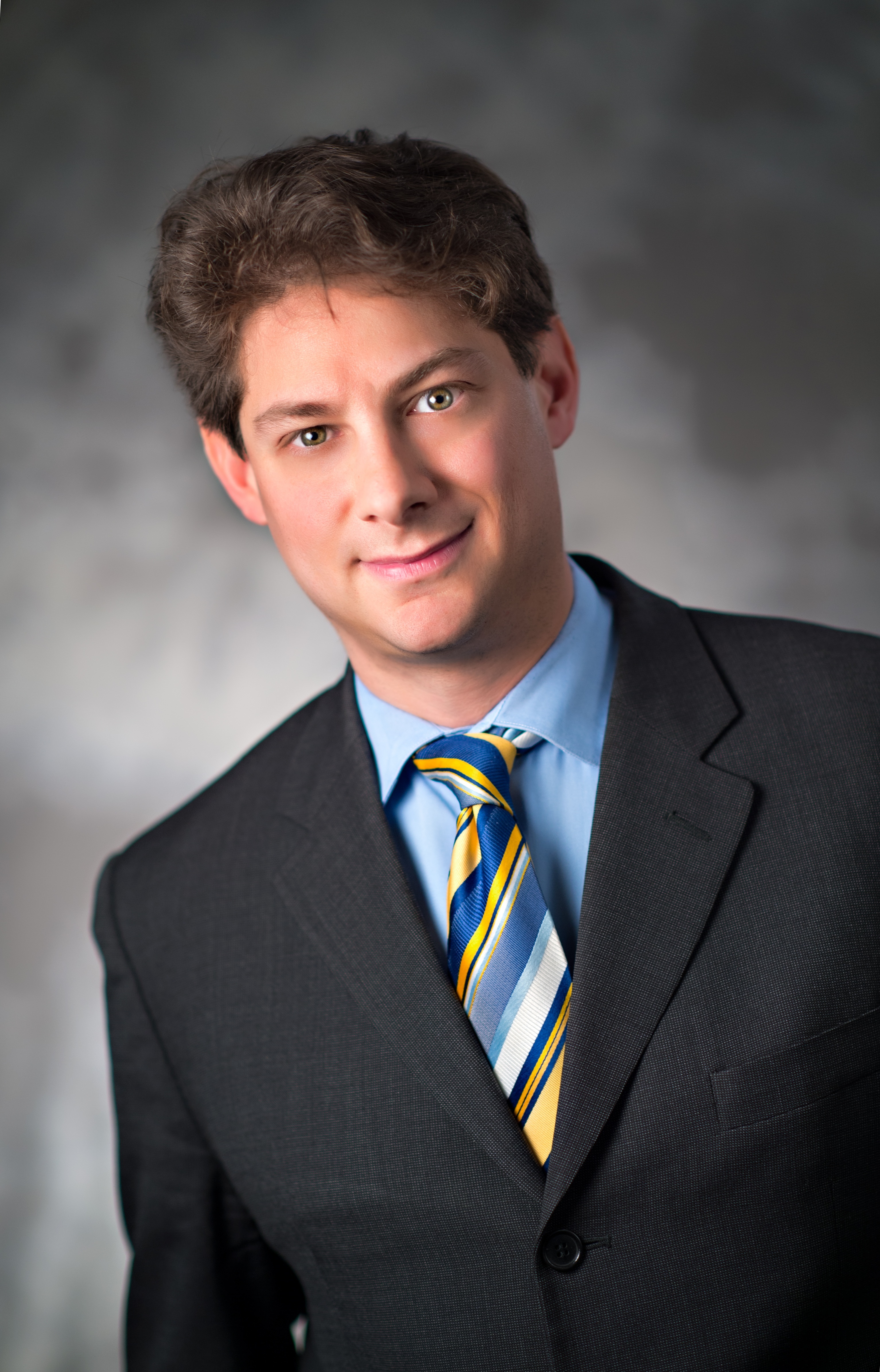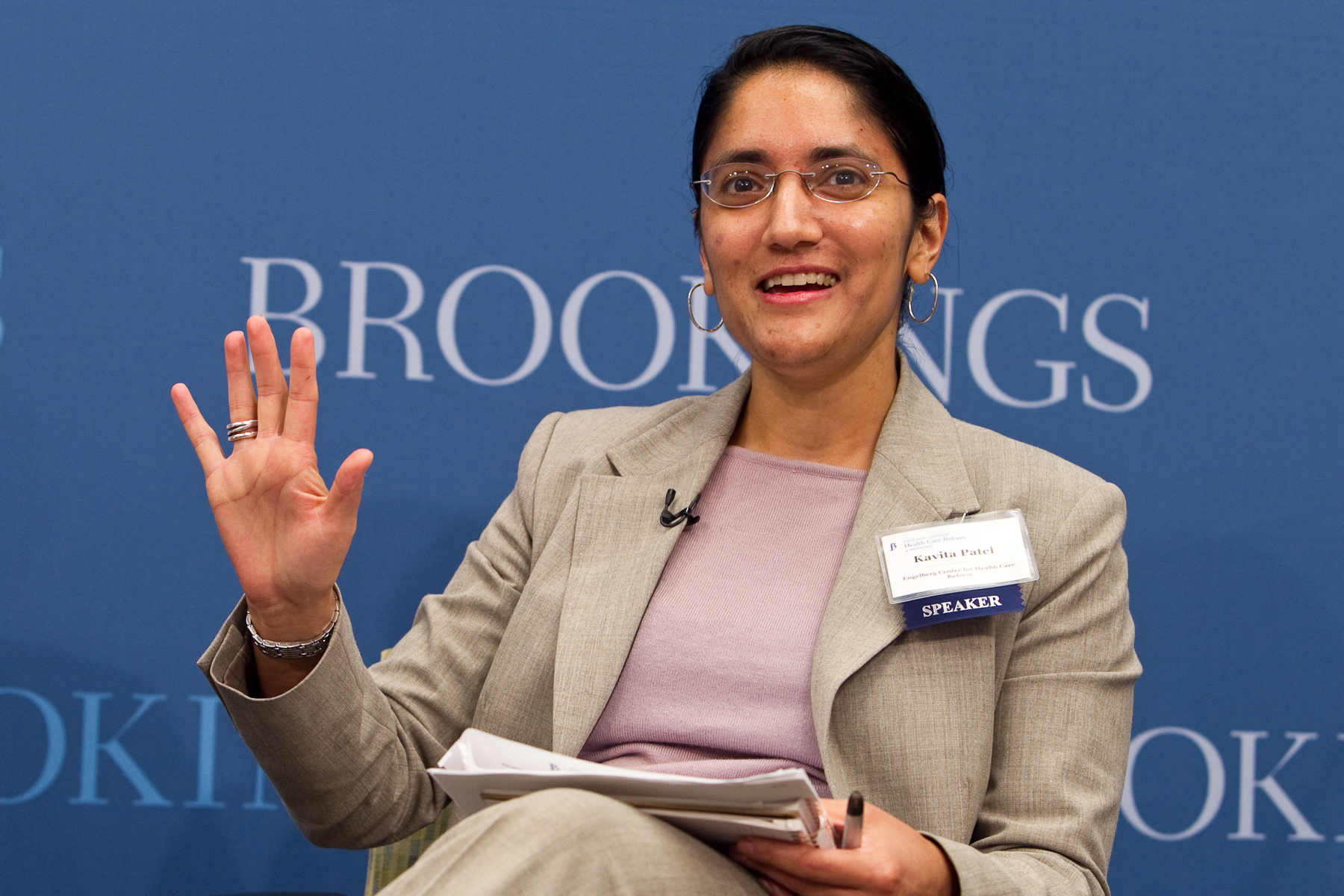How financial volatility impacts health care decisions: What we don’t know is hurting us
Edward had a good job, health insurance, and good wages. Then he received an unexpected bill for $1,800 for treatment of an infected tooth. He applied for a medical-expense credit card and paid half the amount with that card, the other half out of pocket in cash – coming up with $1,800 at once is hard for most Americans. Edward and his family may reconsider the next health decision they have to face simply due to the uncertainty around cost. This story comes straight from new research by University of Pennsylvania’s Mina Addo and Lisa Servon, a study which sheds unique light on the problem of affording health care, shattering the myth that increasing health care access alone is the solution.

Aaron Klein
Senior Fellow – Economic Studies

Kavita Patel
Nonresident Fellow – Economic Studies, USC-Brookings Schaeffer Initiative for Health Policy
Their research involved qualitative interviews with individuals who were employed, racially diverse, and mostly had employer-sponsored health insurance. More than half of the sample exhibited income volatility, a trend that has been rising since the1970s. Income volatility often stems from changes to secondary income sources, and it can be an important indicator of economic insecurity when workers depend on multiple income streams to supplement insufficient wages from a primary job..
Living paycheck-to-paycheck has a unique way of focusing priorities and decisions: if I see a doctor, will I still have enough money to make rent? This is reality for millions of Americans, including a growing number in the middle class as incomes become less stable and health care costs continue to rise. Unfortunately, policy is often based on data that ignore this volatility, such as annual income, while simultaneously assuming a level of transparent pricing of health care costs that does not exist. The result is a system that does not work in practice for many, forcing people to delay medical decisions: one out of every four families reported delaying medical care for a serious medical condition due to cost in 2019. Delaying health care can worsen health outcomes and drive up total health care costs.
Many families in financially precarious positions do not fit the profile portrayed in Washington talking points of being poor and uninsured. The majority of people Addo and Servon interviewed were college graduates, earn $60,000 a year or more, and almost all have health insurance (91%). However, the quality of their health insurance coverage varied greatly – more than a quarter of families interviewed had high deductible plans. Further, the out-of-pocket cost of visiting the doctor is generally unknown (and often unknowable) when entering the doctor’s office. Problems with pricing transparency were widely reported and appear greater for dental and mental health. As Dr. Addo said at the Brookings event, your mouth is not separate from your body, but dental care is separate from healthcare. Even more distressing is the continued separation between mental/behavioral health and everything else – from data to providers, care for diseases above are somehow different from those below the neck.
Can new financial technology (fintech) help solve these problems by helping people better bridge the gap between medical expenses and a lack of savings? Unfortunately, probably not in its current form, at least according to this research, one of the first to study the question. Fintech’s promise to empower people living paycheck-to-paycheck to better manage their financial lives remains unfulfilled. Although financial technologies proffered useful tools for budgeting and basic banking services, fintech currently does not present a solution to the hardships created by low wages, insufficient benefits, and non-transparent pricing of health care services and health insurance systems. Smoothing income swings can be useful for people figuring out how to manage volatile earnings, but it is less effective at dealing with large, sudden medical costs. Many Americans still turn to credit cards and medical financing plans to pay for health care.
Traditional research often misses the integration piece of policy analysis, instead relying on annual data and traditional categories of types of work. This paper shows how people do not live inside insulated silos. Using a research method of in-person interviews uncovered that many people struggled to easily categorize their work status using established work categories from other government surveys. This was due in part to the majority of people or their spouses earning income from multiple sources and engaging in ‘income patching’ by using self-employment to make up income gaps. The combination of high cost health care, opaque prices, insufficient insurance, and volatile wages interact and combine in ways that create systemic concerns for everyday citizens. Smoothing income volatility alone seems unlikely to give people the confidence necessary to tackle health care costs, which are often lumpy and unexpected. Many Americans lack the stability of both health insurance plans and income necessary for prioritization of health. A first step policy makers and researchers can take is to create metrics that allow us to measure whether our healthcare system is responsive and adaptive to real-world needs. Quality measures and financial incentives for hospitals and clinics that prioritize financial health literacy and help patients navigate resources is another step. Many oncology offices have a full-time financial counselor simply to help patients (many of whom are insured) navigate the costs of cancer drugs. The presence of such counseling and cost accounting should be considered in the overall quality ratings of a group of providers or hospitals.
Fintech could be employed on the health care provider side as well for consumers’ benefit. Many hospitals rely on outdated online platforms and fax machines. Medical billing is fraught with errors that computer algorithms ought to catch (such as pregnancy tests for male patients). Ultimate solutions may require revolutionary change on both the insurance and delivery side of healthcare. Until then, achieving incremental progress should begin with more in-depth analysis along the lines that Addo and Servon conducted, talking to real Americans who are struggling to make ends meet and stay healthy. Relying on annual income figures can miss important swings in volatility, while asking people to check boxes on existing types of work status misses the changing nature of work and the reality that many middle-class families with two wage earners are juggling three or more jobs.
For more information, read the paper or watch this event where the authors present their research, and Stacey Vanek Smith, co-host of The Indicator from NPR’s Planet Money, moderates a discussion on its findings.
Source: Brookings By Aaron Klein and Kavita Patel
